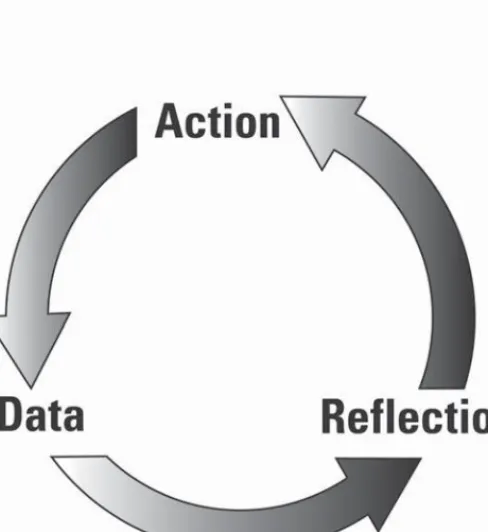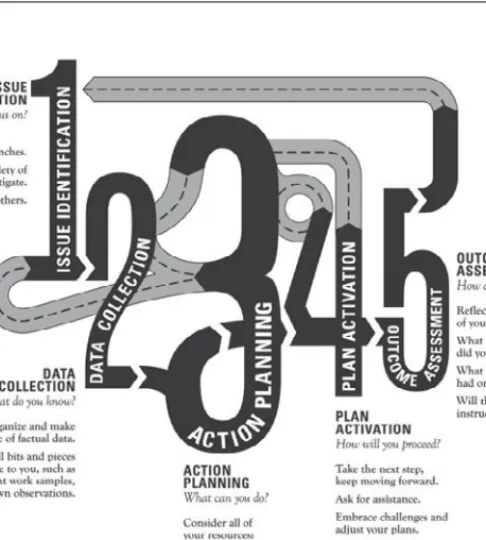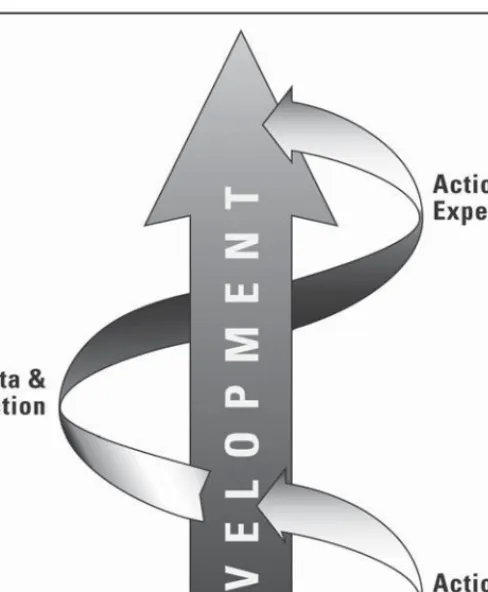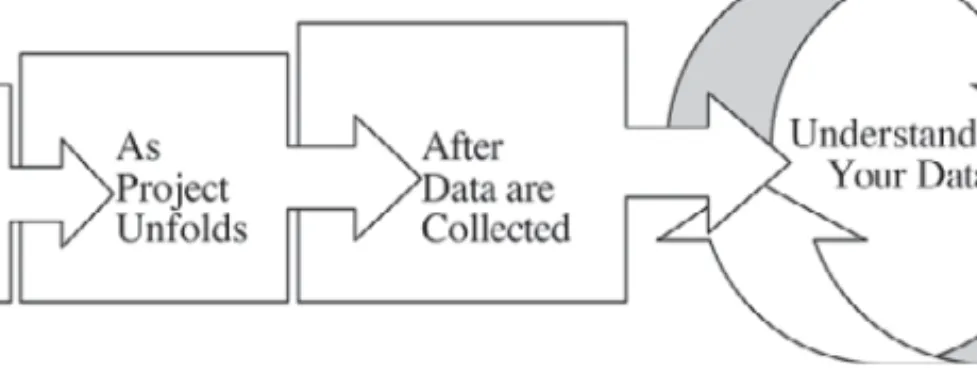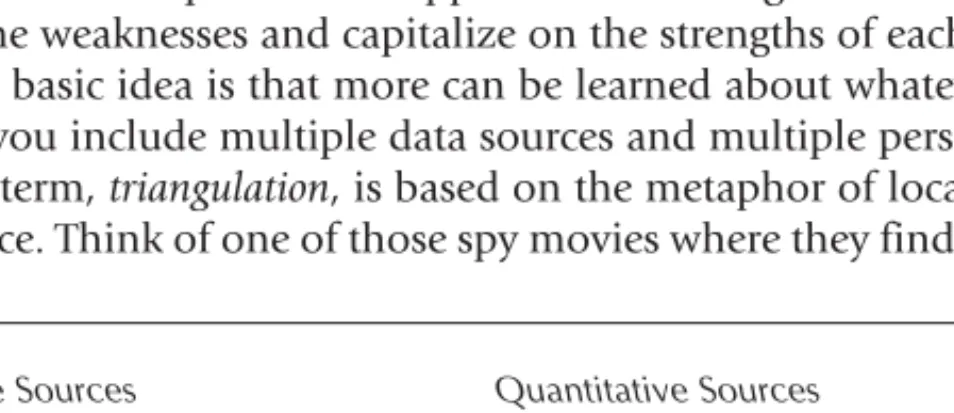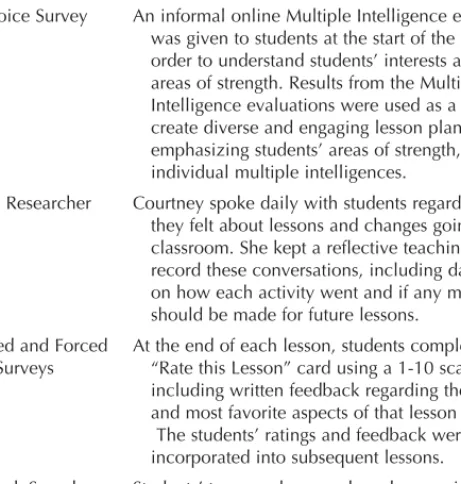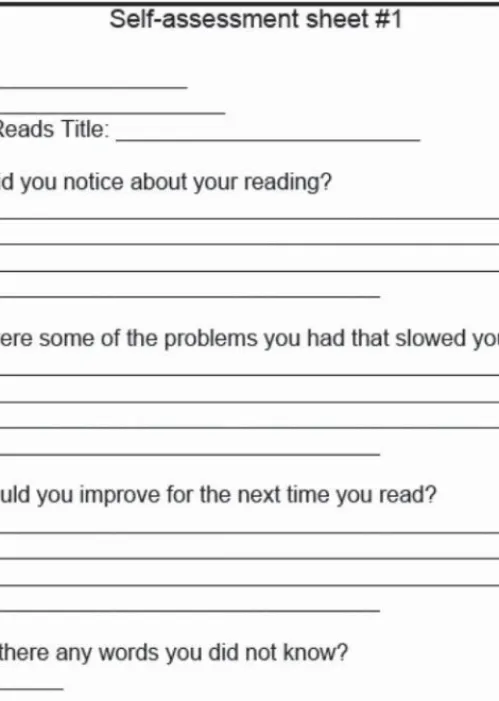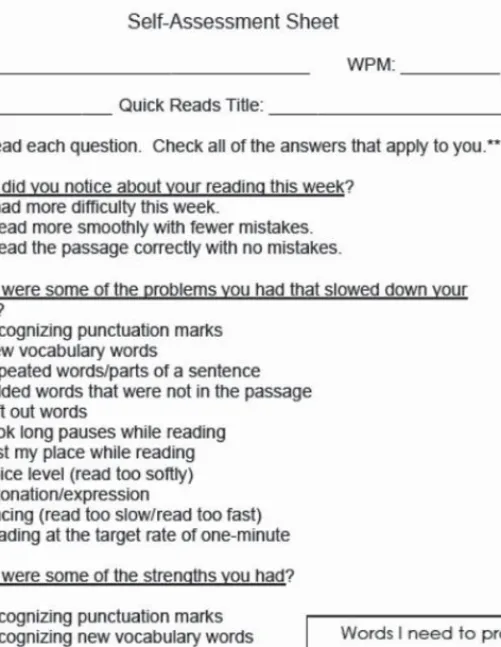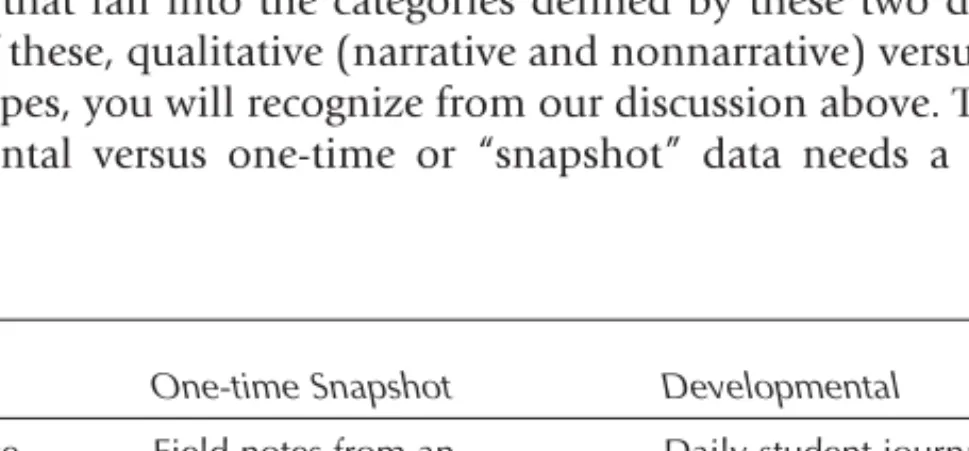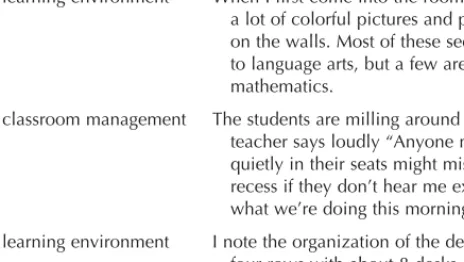4 Action Research and the Early Childhood Educator 93 Linda Taylor, PhD, Assistant Professor of Education, Ball State. This section helps ensure that your action research project is well grounded in the fundamentals of the process.
UNDERSTANDING ACTION RESEARCH
Issue Identification
The first priority you should have when doing action research is to make sure your research question is open-ended. Deciding on your question is one of the most difficult tasks of the action research project. A good action research question is meaningful to you, possible to do in your classroom, manageable, written in everyday language and has not yet been answered.
A final suggestion to help refine your research question and frame the introductory paragraph of your research is to develop a problem statement.
Data Collection
Think about the curriculum standards and the strategies you can implement to meet your students' needs. Narrow your shortlist to one research question that is of interest to you and worth investigating. Developing an Action Research Project 65 in-depth exploration may cause you to reconsider or modify your research question.
In Chapter 1, you learned about using data in action when you plan and conduct action research.
Action Planning
A thorough review of the literature related to your research question can open up new ways of looking at the problem that might otherwise have been overlooked. At the end of the literature review, include a paragraph explaining how what you have described will affect the question you are asking or how it will be important to your study. Before writing the narrative of your literature review, generate an outline or grid of the common themes or ideas you have found in previous research that are related to your research topic.
At the beginning of the fraction study, a pretest will be given for the whole class.
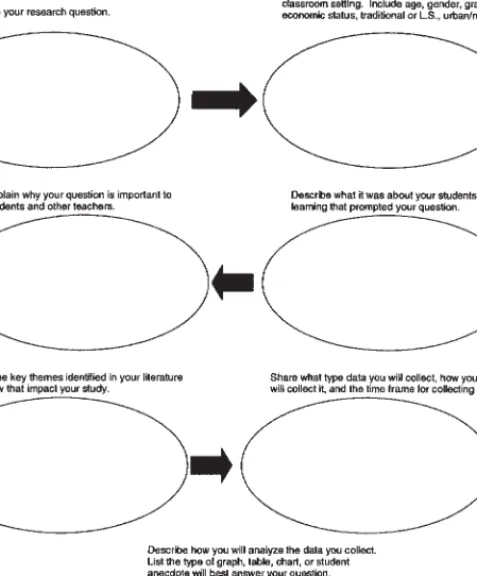
Plan Activation (Following through with Your Methodology) The next phase is to implement your methodology, while being aware
Consider the ways you can build data collection and recording into normal classroom activities (eg observations, tests). Make sure there is a match between what you hope to learn from the study and the data collection methods you will use. Discuss your data collection methodology with peer reviewers, your cooperating teacher and the university supervisor to get feedback and constructive criticism about your ideas for procedures and sources.
Share the methods section of your paper with peer reviewers, your cooperating teacher, and your university advisor for feedback and constructive criticism.
Outcome Assessment
Get feedback from peers, participating teachers and university supervisors on the draft narrative and visual parts of your study conclusions. Collaborate with peer reviewers, your cooperating teacher and your university tutor and get feedback and constructive criticism on the alignment of your introduction, literature review, methodology, data analysis and conclusions. Get feedback from peers, participating teachers, and university supervisors on a narrative draft of your study's implications section.
Collaborate with peer reviewers, your cooperating teacher and your university advisor and get feedback and constructive criticism regarding the adaptation of your introduction, literature review, methodology, data analysis, conclusions and implications.
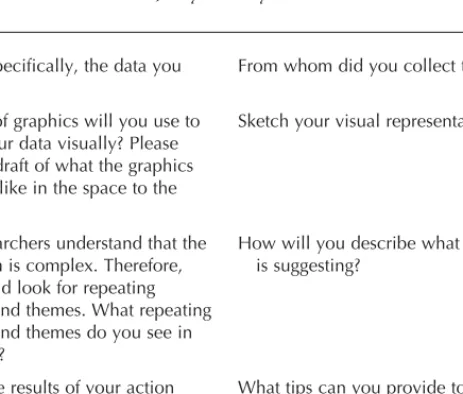
A CROSS SECTION OF ACTION RESEARCH APPLICATIONS
Mrs. Jeffs’s Motor Development Class
She wondered how to help children organize their personal space while giving instructions and warm-ups for motor development activities. After implementing the use of carpet squares during circle time, she began to gather information and found that younger children required more direction to set up space and pay attention, while older children needed more little help in arranging their personal space. Her results showed that roughly a quarter of three-year-olds in each class needed help managing their personal space, while only 1 in 20 children needed help in the five-year-old class.
Jeffs answered her question about regulating personal space while addressing the cyclical nature of action research, as discussed in Chapter 1.
Ms. Galway’s Parent Survey
A kindergarten teacher for three- to five-year-olds observed that some children were unaware of the importance of personal space and were easily distracted during the circle. In this case, the issue was the children's inability to communicate their feelings. The outcome of this case was the expected result, but it also led to several other questions for further research, which included: Was the increased fluency a result of the repeated readings or the small group teaching.
Anecdotal records showed that the students struggled with applying the newly learned decoding skill in the initial reading, but began to apply it more consistently with each additional reading.
Ms. Hogan’s Math Class
The records also showed that the students continued to apply the skill in consecutive weeks after learning new skills.
Issue Identification
You'll find teacher-led action research on a range of topics that can inspire your thinking.
Data Collection: Documentation Forms
Action Planning: Special Considerations in Early Childhood Action Research
As it is possible to manipulate children to answer as you wish, it may be a good idea to make the children take part in decisions related to their involvement in or in the process of the research. You may want to tell children that you are going to try something new to see what will happen. If you leave the focus too general, you cannot notice changes in the child.
If you are more familiar with the work of Maria Montessori, you can approach the question with considerations of how to prepare the environment or the child's decision-making.
Plan Activation: Finding Out What You Want to Know!
Outcome Assessment
Use the lesson study tools included in this chapter to set norms, develop a research theme, develop a teaching-learning plan for the research lesson, and observe and conduct a research lesson. STARTING YOUR LESSON STUDY Phase 1 of Lesson Study: Consider your long-term goals for student learning and development. The first task of lesson study is to develop a research theme to guide the lesson study work.
Collaboratively develop a research theme—that is, a long-term goal—for your teaching research work, positively articulating the ideal qualities of students you want to build.
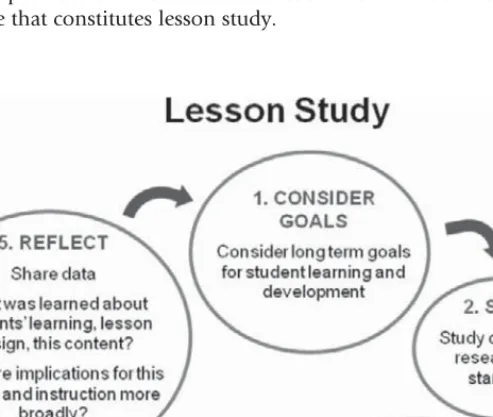
How different curricula deal with this topic and what are the strengths and weaknesses of each. Studying a lesson is a great opportunity to revisit and delve into the articles and texts you've been assigned, follow the notes in articles of interest to your group, spend time on subject association websites, and ask your faculty questions. and supervising teachers. Practitioner teacher study groups often include an outside expert, such as a teacher or researcher, who is well versed in the subject being studied and how to teach it.
If you are participating in a teaching study group as a teacher candidate, your education faculty is aware of this distinction, but others may not be.
Develop the Teaching-Learning Plan
Action research through the lens of Lesson Study 125 You have to put yourself in their shoes all the time and you know, it's hard. A lesson plan curriculum differs from the lesson plans many of us are familiar with in several ways. Lesson study is therefore not only learning about lesson design, but also learning about the entire instructional process: about the thinking and development of students, about the subject matter and about the interactions between the two.
The teaching plan for lesson studies contains both long-term goals for the teaching (in the form of the research theme) and hypotheses about how the teaching supports these long-term goals (in the rationale of the lesson).
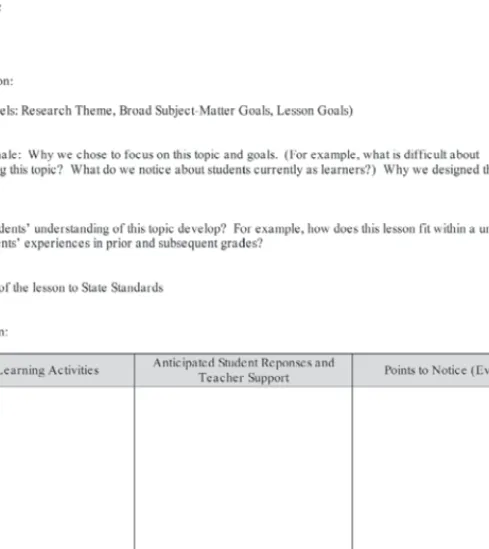
Conduct the Research Lesson
It summarizes information from the first three phases of the action-research cycle described in Chapter 1: problem identification, data collection and action planning; however, the data collected at this stage is only preliminary information about student learning and information gathered from existing research, curriculum materials, and lesson study participants. Lesson study team members explain their goals for students (both lesson goals and long-term goals) and why they designed the lesson (and unit) as they did. What data shows about student progress on learning and long-term development goals.
Action research through the lens of lesson study 129 team members, except the designated teacher of the research lesson.
Post-Lesson Discussion and Reflection
Teacher Work Sample Methodology as a Framework for Action Research 137 student learning was the result (Cochran-Smith 2008; Grossman 2008; Schalock & Myton 1988). An essential component of TWS that will support your action research agenda will be daily learning reflections. Teacher work sample methodology as a framework for action research 151 and outcome evaluation (acknowledging that data analysis revealed that students showed greater learning gains after opportunities to work collaboratively with each other).
Often, special education candidates must complete an action research project designed to change a student's inappropriate behavior. You can apply the same Five Step Action Research process to improve your students' behavior. Action Research to Change Student Behavior 169 Make changes in the student's environment to counteract.
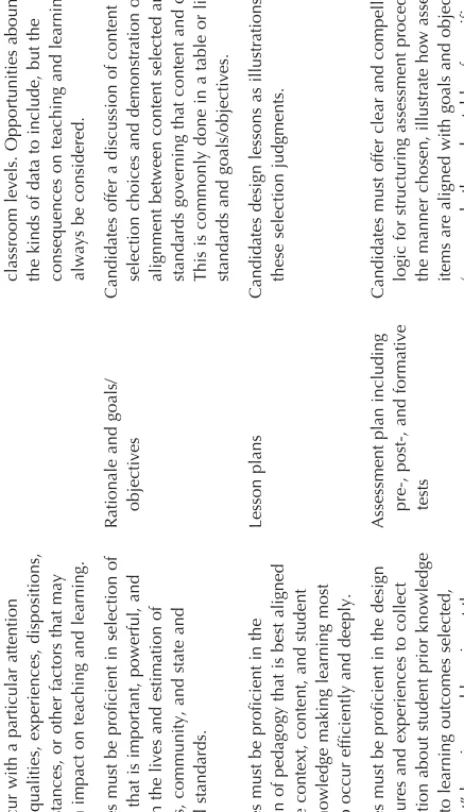
Plan Activation
Describe how participation in RtI as action research corresponds to the mindset of reflection in action. Moreover, the RtI model is data-driven instruction and therefore action research lends itself well to the RtI model. This framework will help you think about how action research can use the RtI model to better meet the needs of your students.
The three levels of RtI offer you a ripe opportunity to incorporate all five steps of the action research process.
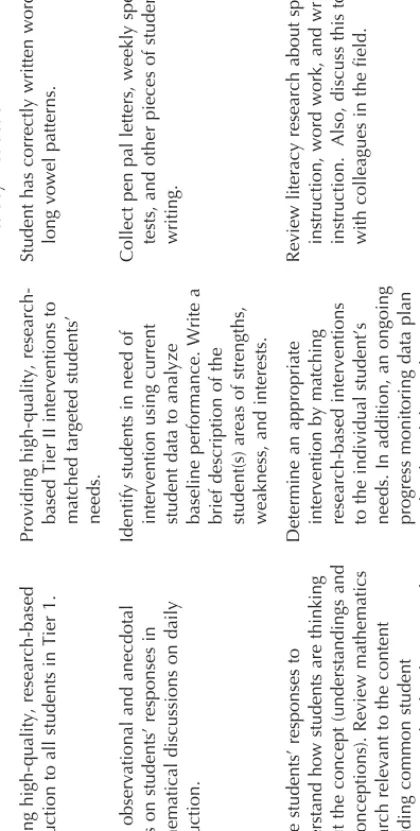
Issue Identification: Identify an Area to Study
Throughout, the teacher candidate considers questions and prompts that can help elicit students' thinking about the big ideas. The final instructional step in the lesson is a whole-class discussion about the students' solution strategies and their thinking about the big ideas of the task. Based on this information, the teacher candidate can make changes in her teaching to better meet students' needs.
In this step, the teacher again collects data to determine the students' response to the lesson plan activated in step 4.
